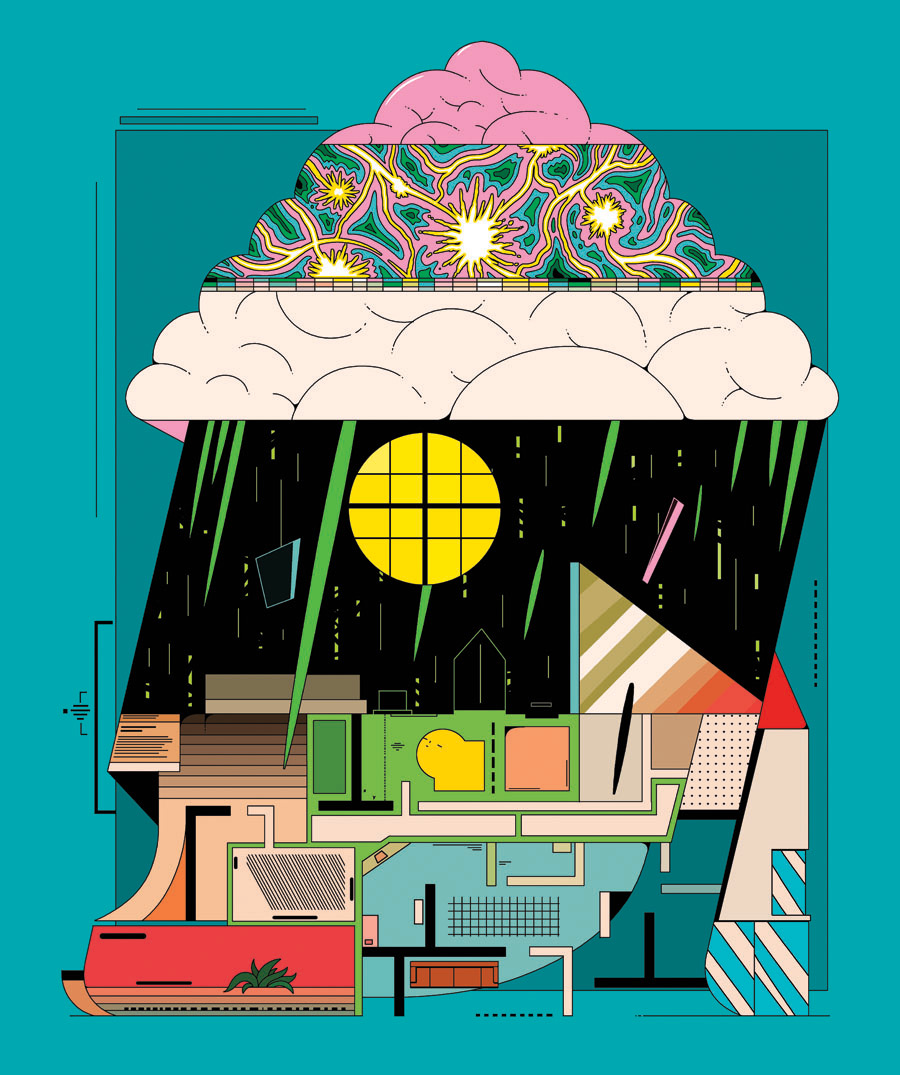Source – https://www.metropolismag.com/
The coleader of computational design at SmithGroup explains how machine learning tools can refine data into information, helping designers work smarter.
Technology is changing the world as we know—and design—it. But have architects and designers unlocked the full potential of cutting-edge digital tools? In this series of comments, practitioners with a visionary approach examine some of the most influential and disruptive tech today—like blockchain technology, VR/AR/MR, spatial computing, machine learning, and cloud computing—and envisage their impact on the practice of architecture and interior design tomorrow. The changes they describe, while forecasts, will likely come to fruition, driving the way we plan, work, and create. Consider this a glimpse of the not-so-distant future.
Machine learning will enable a more integrated, informed design process by disrupting how and when architects engage with data. If we begin by viewing machine learning as a collection of algorithmic tools that refine data into information—just as a saw helps to shape wood into furniture—the opportunities these tools present become more focused. I imagine machine learning tools will help design professionals understand the impact of decisions as they are made—not days or weeks later.
Methods such as surrogate modeling, which uses regressor algorithms to replace slow calculation engines with an instantaneous predictive “surrogate,” will support real-time, data-rich design interfaces that allow teams to react at the speed of a designer’s curiosity. I expect future engineers will operate like data analysts. They will spend most of their time modeling, analyzing, and explaining data rather than manually operating analysis software. For example, once a design challenge is parametrically modeled and translated into structured data—an approach we call design space exploration—simple algorithms like multiple linear regression can measure which parameters have the greatest impact on performance.
Clustering algorithms, classifiers, and dimensionality reduction techniques can then be used to tease out obscure relationships that can provide actionable direction to teams. These algorithms represent a fraction of the machine learning tools that design professionals can and should learn to use. But machine learning algorithms are not magic. They are tools of the information age that we can leverage to better inform the design process moving forward.
